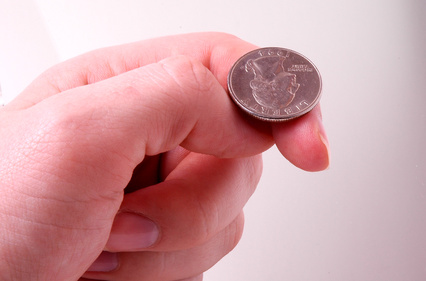When you have been involved with the markets for as long as I have, you invariably hear some very odd theories and ideas from people about when to buy and sell stocks. Wild concepts like using things called “P/E ratios” and “forward looking guidance.” I once had a guy tell he used “intrinsic value” to determine what stocks to buy. Hah….intrinsic value, that is funny. It sounds like something you would feed your unicorns at your summer home on Atlantis.
These types of traders and investors need to get in touch with reality and learn to use more normative and objective indicators for their buys and sells. Things like MACD’s, Bollinger Bands, and the retrograde cycles of Jupiter’s third moon Ganymede.
Astronomy…??? Is Brian really going to try and tell me that astronomy can seriously be used for trading? Well…not exactly. What I am going to tell you is that the ideas of using astronomy to time your entries and exits in the market is not as far out as you might imagine.
ENTRIES AND EXITS
Think about it! We use indicators in trading not to predict what a stock will do in the future, but to give us objective criteria as to when to buy or sell an instrument. And the interesting thing is that the accuracy of the indicator is not as important in the long run as the objectivity is. Why is this? Because in any robust trading methodology we tie risk management to objective entry/exit criteria.
This is where the logical (though perhaps apocryphal) story of the “coin-toss” experiment comes in. The story goes that an experiment was conducted between actual traders and a coin, where on one side traders were able to pick and trade whatever stocks they wanted, and on the other, a coin was tossed and if it came up “heads” those same stocks the traders picked were bought long, and if the coin came up “tails” the stocks were sold short.
However the difference was that the coin-toss method had very strict risk parameters, whereas the traders could use their discretion to decide when to sell or cover a stock. Of course in the end the coin-toss method beat the traders proving that objective risk control was more important than directional accuracy. Which is why astronomy base trading is not as crazy as it sounds.
If you buy a stock based upon subjective criteria like “intrinsic value” you are just leaving yourself wide open for a disaster. Not only is there no way to tie that criteria to timing for entries and exits (read risk management) but you also have to play the game of trying to determine when “value” has changed, and if so, for the better, or the worse?
Astronomy on the other hand will provide you with objective cycles and rhythms with which you can create entry and exit rules that correspond with you risk tolerance.
BE OBJECTIVE
Look, I am not advocating that you throw your indicators out and start arbitraging S&P Index options based upon the phases of the moon, but what I am trying to do is to get you to look at what methodology you are using for your trading and ask yourself if it is really one that can give you cut and dried signal for entries and exits, or if it is too open to interpretation, and thereby exposing you to too much risk.
= = =
[Editor’s note: For those readers interested in exploring planetary cycles andtrading, check out these stories below.]




